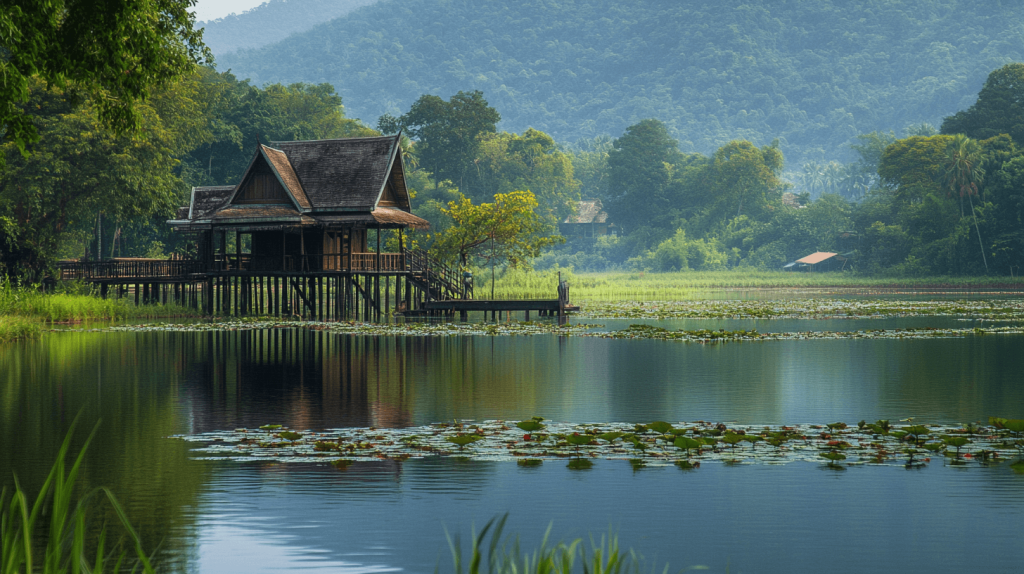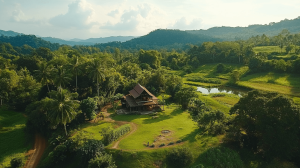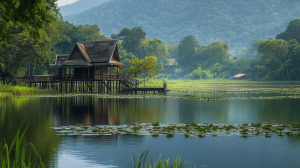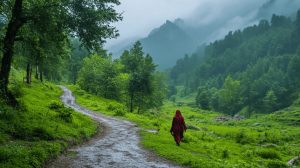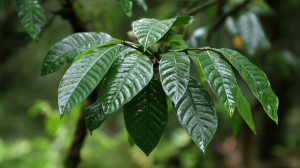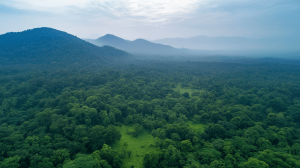Four Mitragyna Species You Should Know In Thailand
Four Mitragyna Species
Thailand is home to a rich and fascinating plant world, where tropical trees, medicinal herbs, and culturally significant flora interact within complex ecosystems. One particularly interesting plant group is the Mitragyna genus – trees found across Southeast Asia that have been a part of both nature and traditional knowledge for generations.
In this article, you’ll be introduced to four Mitragyna species in Thailand:
M. speciosa, M. hirsuta, M. rotundifolia, and M. diversifolia.
You’ll learn about their natural habitats, leaf structures, visual traits, and their context in regional plant traditions – with no reference to internal use, only respectful attention to their ecological and cultural importance.
What Is Mitragyna?
Mitragyna is a genus in the Rubiaceae family (the same as coffee), and it includes trees that thrive in humid tropical environments. These trees are recognized for their broad leaves, round flower clusters, and their ability to adapt to various soil types and light conditions.
In Thailand, botanists have identified four species growing naturally:
-
Mitragyna rotundifolia
-
Mitragyna diversifolia
Each species has its own growth pattern, leaf shape, and symbolic meaning. Here’s a brief guide to each one.
🌿 Mitragyna speciosa – The Most Recognized
-
Leaf size: 9–24 cm long
-
Flowers: 3–4 cm in diameter
-
Habitat: Moist lowland areas, often near water
-
Feature: Large leaves with distinct venation
-
Status: Present in Thailand under specific legal conditions
M. speciosa is known for its large, glossy leaves and symmetrical shape. The leaves are often gently wavy along the edges and glabrescent (smooth). The species appears in cultural designs, rituals, and artistic motifs.
🌿 Mitragyna hirsuta – The Forest Guardian
-
Leaf size: 15–32.5 cm long
-
Surface: Densely pubescent (hairy)
-
Habitat: Forest edges, open spaces, roadsides
-
Feature: Tougher leaves, resistant to heat and dryness
-
Status: Common in northern and northeastern Thailand
M. hirsuta stands out with its larger, hairy leaves that feel more robust to the touch. It often grows in disturbed areas and is sometimes used in body care practices like herbal scrubs and baths.
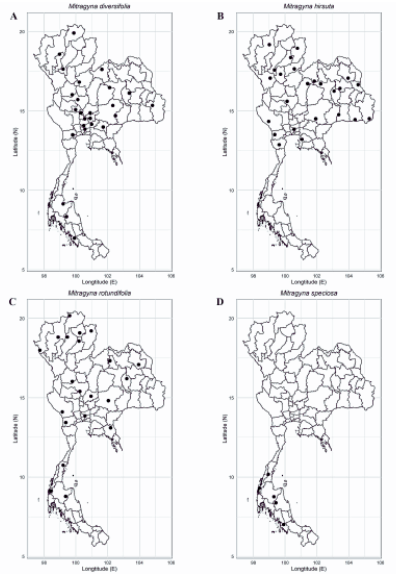
🌿 Mitragyna rotundifolia – The Harmonious One
-
Leaf size: 15–36.5 cm long
-
Shape: Often rounded and broader than hirsuta
-
Surface: Lightly hairy and symmetrical
-
Habitat: Found in both dry forests and wetlands
-
Status: Widely distributed in central and southern Thailand
M. rotundifolia has a rounded, almost circular leaf shape that gives it a soft, aesthetic presence. Its tightly packed flowers and mid-size height make it a structurally balanced tree within the forest ecosystem.
🌿 Mitragyna diversifolia – The Adaptable One
-
Leaf size: 5–14 cm long
-
Surface: Mostly smooth with soft veins
-
Habitat: Field edges, wetlands, and cultivated areas
-
Feature: Highly variable leaf shape – from elliptic to pentagonal
-
Status: Found from central to northern Thailand
M. diversifolia is the most variable among the four, both in terms of where it grows and how its leaves appear. The name “diversifolia” reflects this range of leaf diversity. A symbolic plant for flexibility and adaptation.
Comparison Table
| Species | Leaf Size (cm) | Surface | Flower Diameter | Habitat |
|---|---|---|---|---|
| M. speciosa | 9–24 | Smooth | 3–4 cm | Moist lowlands |
| M. hirsuta | 15–32.5 | Hairy | 2–2.5 cm | Open forest areas |
| M. rotundifolia | 15–36.5 | Lightly hairy | 2–2.5 cm | Wetlands & forest |
| M. diversifolia | 5–14 | Soft & smooth | 1.5–2 cm | Fields & forest edges |
Mitragyna in Tradition and Culture
In some regions of Thailand, these trees appear in folklore, cleansing rituals, and herbal bathing traditions. Their symbolic meanings often include grounding, purification, or protection. Leaves may be used in body scrubs, herbal wraps, or in plant-based self-care ceremonies – always for external application and respectful use.
Summary
Understanding Mitragyna species in Thailand is a way of connecting with the country’s living natural heritage. Each species tells a story about its environment, its ecological role, and its place in everyday life for those who live near it.
By studying leaf structure, growth patterns, and cultural context, we develop a more informed and respectful relationship with tropical plants – one rooted in curiosity, not hype.
 Deutsch
Deutsch Español
Español